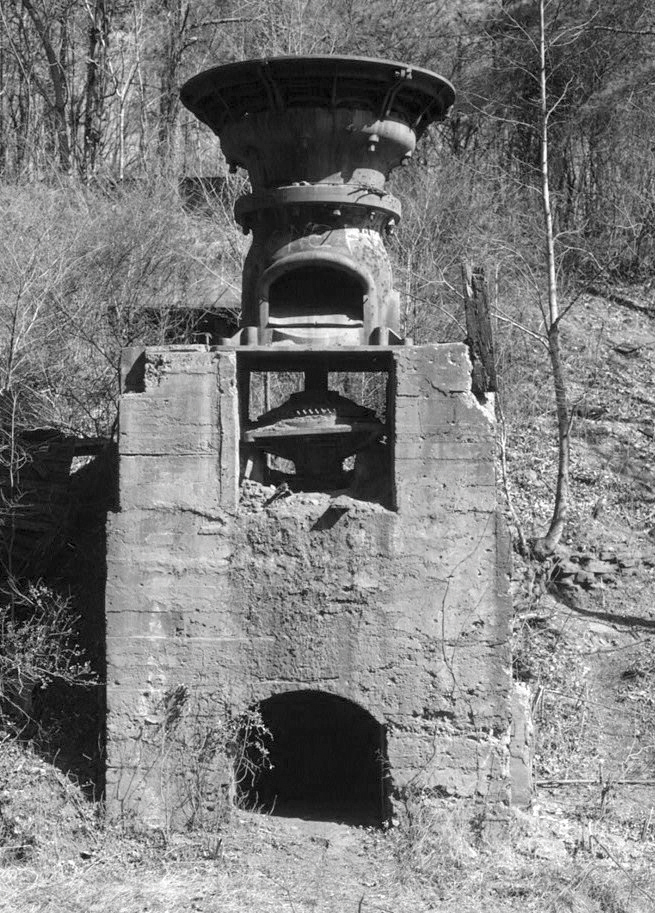
Crushing operations in quarries have gradually become more mechanised and ABE takes a look at the development of crushing technology.
Crushing and screening in quarries used to rely on manpower to reduce and sort aggregates but introduction of steam-powered, and then diesel-driven, equipment has helped change that. The evolution has not only improved safety but has also significantly improved productivity, efficiency and quality.
Early water and steam-driven crushers were initially developed for mining operations and the lack of control on the final reduction meant that use in quarries was limited until the start of the last century. Nonetheless, rapid development of the last 100 years has added both size and shape control to crushing capabilities.
Size reduction technology was initially developed to improve milling operations for flour and has gradually evolved from hand-driven pestle and mortars and mill stones to mechanised systems. During the industrial revolution this technology was adapted for ore and mineral extraction operations and the technology was then adopted by the quarrying industry as greater control was added.
Some of the earliest crushers used in quarries were steam-driven single roll crushers but these early versions, which are first recorded in the early 1800s, could not cope with hard rock and were best suited to limestone or weakly cement sandstone aggregates. Use of jaw crushers can be traced back to the 1850s and the first designs from E W Blake in 1858 featured a single oscillating jaw against a fixed plate.
Greater success came from the development of gyratory crushers which were similar to the querns used for thousands of years to crush wheat for flour.
Secondary crushers were not common until the large open-side settings of the primary crushers that were developed in the early 20th century became more common. The first secondary machines were scaled down gyratory crushers but they had a tendency to choke and were not high production machines. It was the growing popularity of ready mixed concrete and the need for finer aggregates that helped to drive further development of secondary crushers
It was the 1920s that saw the main developments that improved primary crushing operations with the design of the chamber changed with a cylindrical bored shell, vertical concaves and a flared crushing head. The eccentric speed was increased and the throw could also be adjusted to improve fine crushing settings.
US-based
Allis-Chalmers became a well-known brand when it came to crushing and increased it dominance by acquiring competitor Superior-McCully's business but when a US design Will Symons offered his design for a new high capacity secondary crusher to the company, it turned it down.
Symons sold his cone crusher design to Nordberg and it was to be a design that significantly advanced aggregate crushing and let to the downturn in Allis-Chalmers' fortunes. The cone crusher operates at a higher speed and flat crushing chamber to offer a high capacity and reduction ratio by keep material in the chamber for longer to allow the crusher to do more work on the material.
Very little information is available about when impact crushers first emerged onto the quarry market. These systems use high velocity hammers to break rocks and come in two forms - horizontal impact crushers, which have proved useful in recycling operations, and horizontal shaft impactors, which are often used to manufacture sand and produce high cubicity material.
While the five basic form of crushing systems are still widely used, the capacity of these machines and ability for them to be built into mobile chassis has changed the industry. Also electronic control systems that are used to adjust and set the crushers have significantly advanced both efficiency and productivity.















